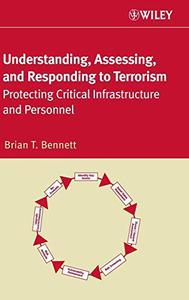 Understanding, Assessing, and Responding to Terrorism: Protecting Critical Infrastructure and Personnel By Brian T. Bennett(auth.)
Understanding, Assessing, and Responding to Terrorism: Protecting Critical Infrastructure and Personnel By Brian T. Bennett(auth.)2007 | 474 Pages | ISBN: 047177152X | PDF | 5 MB
Preparedness is the best weapon against terrorismUnderstanding, Assessing, and Responding to Terrorism: Protecting Critical Infrastructure and Personnel gives a detailed explanation of how to implement preventive and/or protective measures to ensure the safety of personnel and facilities. It includes: Easily customized templates for the vulnerability analysis, security procedures, emergency response procedures, and training programs Vulnerability assessment methodologies and formulas for prioritizing targets Coverage of critical infrastructure sectors, hard targets, and soft targets, such as hotels, places of worship, and commercial districts Countermeasures for terrorist attacks using weapons of mass destruction with coverage of chemical, biological, radiological/nuclear, and explosive materials A seven-step Security Vulnerability Analysis (SVA) process to identify and categorize critical infrastructure, key resources, and key assets Information on the National Incident Management System (NIMS) that enables all public, private, and non-governmental organizations to work together effectively to prepare for, prevent, respond to, and recover from domestic incidents Numerous case studies and examples A practical, how-to book with step-by-step processes to help reduce risks from terrorist attacks, this is a must-have reference for private and public sector risk managers, safety engineers, security professionals, facility managers, emergency responders, and others charged with protecting facilities and personnel.Content: Chapter 1 The Terrorist Threat (pages 1-50): Chapter 2 Critical Infrastructure (pages 51-121): Chapter 3 Types of Terrorist Attacks (pages 123-141): Chapter 4 Weapons of Mass Destruction (pages 143-191): Chapter 5 The Terrorist's Preparation for an Attack (pages 193-213): Chapter 6 Risk and Threat Assessment (pages 215-254): Chapter 7 Protecting Critical Infrastructure, Key Resources, and Key Assets (pages 255-287): Chapter 8 Principles of Protective Security (pages 289-310): Chapter 9 Effective Security Countermeasures (pages 311-366): Chapter 10 General Emergency Response Considerations (pages 367-424): Chapter 11 Emergency Response to a Weapon of Mass Destruction Attack (pages 425-460):



![S.T.A.L.K.E.R. 2 / STALKER 2: Heart of Chornobyl - Ultimate Edition (2024) [+UPDATE 23.12.2024 - v1.1.3] ElAmigos / Polska wersja językowa](https://i.postimg.cc/Zqd8RWGY/UZG8PBE.jpg)




































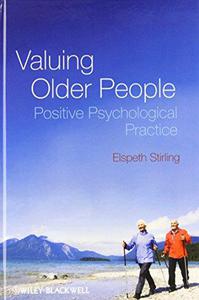
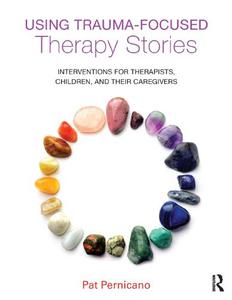
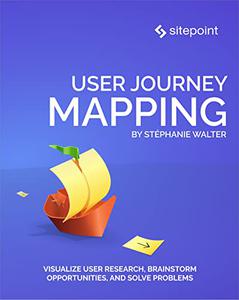
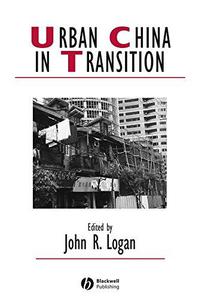



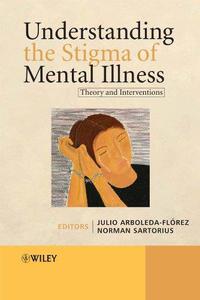







![David Gilmour - Luck and Strange (2024) [FLAC]](https://i.imgur.com/everaBc.jpeg)
![Męskie Granie Orkiestra - Męskie Granie 2024 (2024) [FLAC]](https://i.imgur.com/FAyOxrM.jpeg)
![The Rolling Stones - Hackney Diamonds (2023) [FLAC]](https://i.imgur.com/wCkyyUN.jpg)
![Lady Gaga - Harlequin (2024) [FLAC]](https://i.imgur.com/dcgIA8D.jpeg)
![Natalia Kukulska - Dobrostan (2024) [FLAC]](https://i.imgur.com/bdljG3O.jpeg)
![Kaśka Sochacka - Ta druga (2024) [FLAC]](https://i.imgur.com/hORQKvn.jpeg)
![Kuba Sienkiewicz - Pani Bóg (2024) [FLAC]](https://i.imgur.com/qijCx8Z.jpeg)
![Lanberry - Heca (2024) [FLAC]](https://i.imgur.com/8P7QfeR.jpeg)
![Sara James - PLAYHOUSE (2024) [FLAC]](https://i.imgur.com/m4f8OKg.jpeg)
![Grzegorz Hyży - EPILOG (2024) [FLAC]](https://i.imgur.com/8DA2sBr.jpeg)
![Myslovitz - WIECZORAMI CHŁOPCY WYCHODZĄ NA ULICE (2024) [FLAC]](https://i.imgur.com/l9mMtIG.jpeg)
![Krzysztof Zalewski - ZGŁOWY (2024) [FLAC]](https://i.imgur.com/vh48RAc.jpeg)
![Krzysztof Cugowski - Wiek to tylko liczba (2024) [FLAC]](https://i.imgur.com/SBzgqe2.jpeg)
![Nosowska - Kasia i Błażej (2024) [FLAC]](https://i.imgur.com/mObvVXQ.jpeg)
![sanah - Pianinkowe Kaprysy (2024) [FLAC]](https://i.imgur.com/pVjjPAa.jpeg)
![Kwiat Jabłoni - Pokaz slajdów (2023) [FLAC]](https://i.imgur.com/diERHfZ.jpg)
![Robert Cichy - Spacer po Warszawie (2024) [FLAC]](https://i.imgur.com/ixleU9o.jpeg)
![Viki Gabor - Terminal 3 (2024) [FLAC]](https://i.imgur.com/Q1KCnDs.jpeg)
![Sanah - Kaprysy (2024) [FLAC]](https://i.imgur.com/71OZm4h.jpeg)
![Męskie Granie Orkiestra - Męskie Granie 2023 (2023) [FLAC]](https://i.imgur.com/U4YHo8d.jpg)




